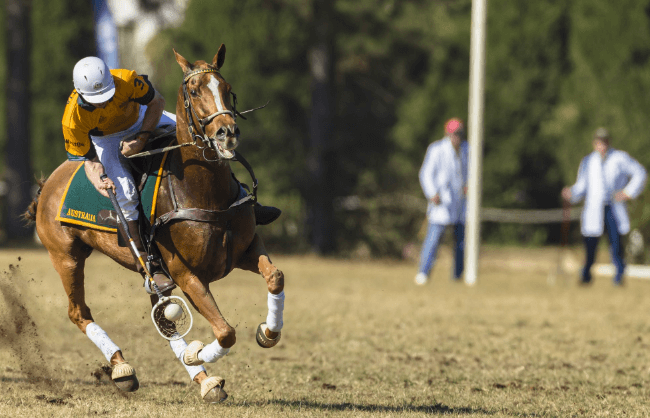What is the history of polocrosse?

Polocrosse is a unique and captivating sport that combines elements of polo and lacrosse. Its history dates back to the 1930s and offers a fascinating journey through the development of a team sport that has gained a worldwide following. Here’s a look at the history of polocrosse:
The Inception in the 1930s
Origin: Polocrosse was invented in England in 1938. The concept was born out of a desire to create a team sport that would improve the riding skills of young players.
Creators: The sport was developed by Mr. and Mrs. Edward Hirst of Sydney, Australia. They were inspired after reading about a similar game in an English horse magazine.
Early Development in Australia
Adoption and Adaptation: When the Hirsts returned to Australia, they began playing the game with friends and family. The rules were adapted to suit the Australian conditions and available equipment.
First Official Club: The first polocrosse club was established in 1939 in New South Wales, marking the official birth of the sport in a structured format.
Post World War II Expansion
Spread Across Australia: After World War II, polocrosse spread rapidly across Australia. This expansion was largely due to Australian rural communities adopting the sport as a weekend social event.
Formalization of Rules: During this period, the rules of polocrosse were formalized, and standard equipment was adopted.
International Growth in the Late 20th Century
Global Reach: The sport began to expand internationally in the late 20th century. Countries like the United Kingdom, New Zealand, Zimbabwe, and the United States established their own polocrosse associations.
World Cup Tournaments: The international growth of polocrosse led to the introduction of the Polocrosse World Cup in 2003, further solidifying its status as a competitive international sport.
21st Century Developments
Technological Advances: Modern polocrosse has seen improvements in equipment and playing techniques, influenced by advances in technology like QR codes, and a better understanding of horse management.
Youth Programs: There has been a significant focus on developing youth programs to nurture future talent and ensure the sport’s longevity.
Cultural Impact
Community and Inclusivity: Polocrosse has been more than just a sport; it’s a community activity that brings people together, fostering a sense of camaraderie and inclusivity.
Adaptability: The sport’s adaptability to different environments and cultures has been a key factor in its enduring popularity.
Conclusion
Polocrosse’s history reflects its dynamic and adaptable nature. From its humble beginnings in the 1930s to its current status as an international sport, polocrosse has consistently offered an exciting blend of skill, teamwork, and equestrian excellence. Its ability to bring communities together and its appeal to a wide range of ages and skill levels ensure that polocrosse will continue to thrive and evolve in the years to come.







